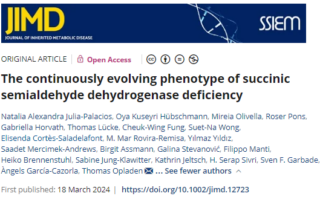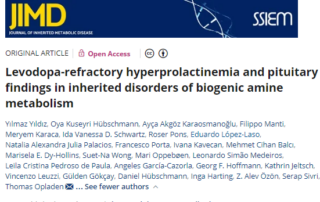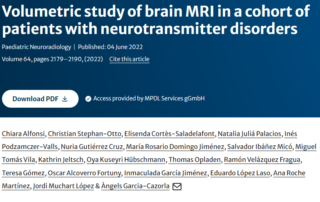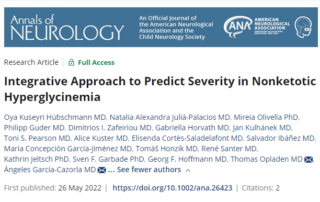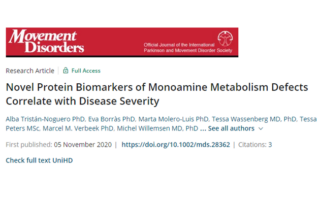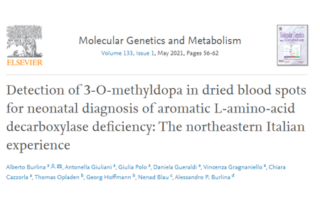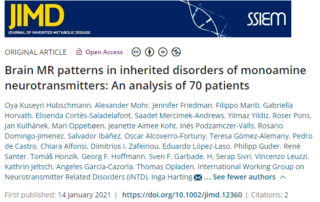The continuously evolving phenotype of succinic semialdehyde dehydrogenase deficiency
The objective of the study is to evaluate the evolving phenotype and genetic spectrum of patients with succinic semialdehyde dehydrogenase deficiency (SSADHD) in long-term follow-up. Longitudinal clinical and biochemical data of 22 pediatric and 9 adult individuals with SSADHD from the patient registry of the International Working Group on Neurotransmitter related Disorders (iNTD) were studied [...]



